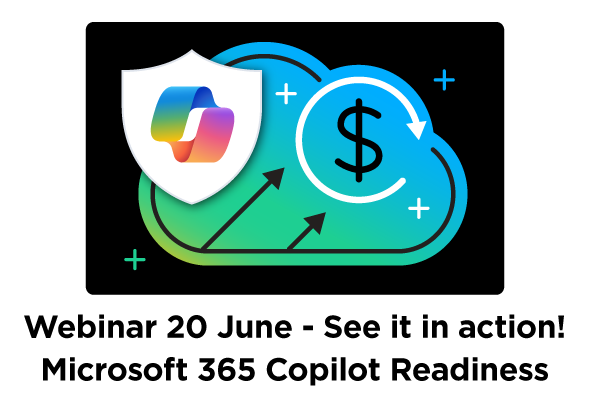The market for managed services is projected to reach $282 billion by 2023. That’s great news if you’re a managed service provider (MSP), but it doesn’t mean revenue is guaranteed. Your ability to market your services plays a significant role in how you become a part of this industry growth.
MSPs are in the business of providing IT-related billable services, which means marketing efforts can sometimes be an afterthought. According to the 2019 Channel Futures MSP 501 report, “marketing has never been a strong suit of managed service providers. It isn’t a skill set many of them possess, and with all of the investments required for technology, talent, and operations, marketing tends to fall down on the list. Almost half (46%) of the 2019 MSP 501 spend less than two percent of their annual revenue on marketing activities—nearly unheard of in most industries.”
MSPs that invest in marketing and sales integrated systems, like Microsoft’s Dynamics 365, gain insights quickly and accelerate leads more effectively. This is because digital marketing allows MSPs to test their positioning and product packaging to see what resonates best with customers, which is tracked with click-through rates among other methods, and adapt their service offerings at the pace of their customers’ business needs.
The key to success however is when you pair marketing insights with your own expertise. You know your customers better than anyone – you know which services and software will best serve them on their cloud journey. Below are five considerations to keep in mind when marketing a bundle of cloud services now that you’ve paired insights with experience.
Are you doing these 5 things when marketing your base service bundle?
1. Name your bundle
What’s in a name? It probably depends on whom you ask, but there are plenty of marketers who argue that your company or product name can make or break sales. When coming up with a name for your bundle, you want to convey your dedication to an integrated offering.
Our recommendation is to call it [Your Brand Name] Office 365 Standard. This suggests your bundle is the standard for SMBs in the cloud, which immediately assures clients that other companies are successfully using it. Above all, think about the name from the customer perspective before committing to it.
2. Get pricing right
Office 365 is sold as a recurring monthly subscription, and other items in your bundle can be sold this way too. Whatever payment you select, it should be easy for customers to understand and track. When you set pricing, it’s ok to charge more than your competitors — as long as you’re able to communicate the additional value your customers receive when they work with you.
Don’t build your statement of work around the products providing services, but rather around the services you offer. So for example, instead of focusing your messaging around Cloud Backup, you’d focused instead on messaging like Office 365 data protection. Customers will pay for the overall value you provide – as they can purchase a like or similar products from many other vendors.
3. Map solutions to business goals
Your customers want cloud adoption to help them achieve business goals; which may include lower capital costs, streamlined service management, or better collaboration.
Whatever their goals are, show customers how the cloud allows them to achieve results. A word of warning, it won’t be easy. Customer concerns about business disruption or data security are valid. Ensure your bundle is designed to address these and similar concerns. Remember, your customers don’t just want the cloud, they want a technology-enabled solution to a business problem. The good news? 60% of SMBs want a Partner’s assistance to transition to the cloud. Show them the way through a simplified experience that addresses all their concerns.
4. Position yourself within the marketplace
You want customers, and prospective customers, to see you as the MSP who offers the best value; meaning the highest quality of services for a fair price. When talking about your bundle, position it as the “gold standard” in terms of cloud service packages – designed for SMBs. Don’t forget to articulate what sets yours apart from the competition.
For instance, you could build security into the solution or offer industry-specific intellectual property. Cordicate IT, a company that uses SkyKick services, spoke with clients and identified cloud services that several of its customers needed. The company then created a packaged offering that has the most vital client software; which has helped the company grow and prosper.
5. Create awareness
Once you’ve nailed down the nuances of name, pricing, and positioning, it’s time ton spread the word about your offering. Thanks to an abundance of highly accessible marketing automation tools, digital marketing is a relatively easy (and effective) way to generate activity at the top of your sales funnel.
As a SkyKick partner, you have access to SkyKick’s demand generation program, known as the Readiness Hub, at no additional cost. That means you can employ a mix of strategies and tactics — from digital advertising, to email marketing, to content marketing — find customers, engage them, and close the deal.


